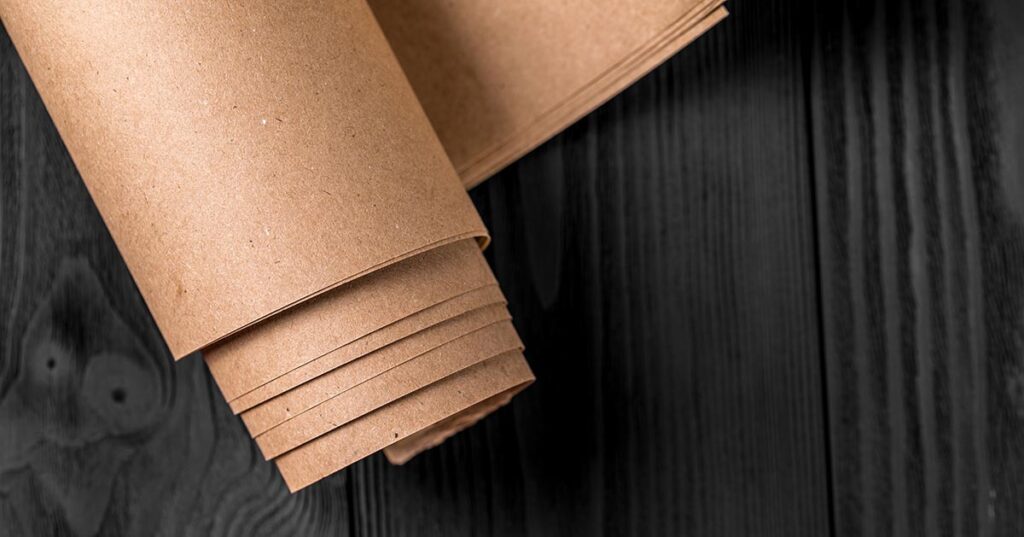When it comes to packaging materials, one name that stands out for its versatility and sustainability is Kraft paper. It’s the unassuming, brown paper that you’ve likely encountered in a variety of packaging scenarios. But what is Kraft paper, and why is it a popular choice in the packaging industry? In this blog, we will delve into the characteristics and reasons behind Kraft paper’s widespread use.
What is Kraft Paper?
Kraft paper is a type of paper produced from wood pulp, primarily derived from pine and spruce trees. The name “Kraft” is derived from the German word for strength, which accurately describes this paper’s durable and robust nature. It is characterized by its brown color, which is a result of the unbleached wood pulp used in its production.
The Characteristics of Kraft Paper
- Strength and Durability: Kraft paper is known for its exceptional strength. This durability makes it an ideal choice for packaging products that need protection during shipping and handling. It can withstand pressure, making it suitable for heavy or fragile items.
- Eco-Friendly: Kraft paper is considered an environmentally friendly choice because it is biodegradable and can be recycled. It’s a renewable resource, as it is made from wood pulp, and the manufacturing process consumes less energy compared to other types of paper.
- Customizability: Kraft paper can be easily customized to meet specific packaging needs. It can be printed, stamped, or colored to enhance branding and product presentation. Additionally, it can be coated or laminated for added protection or to achieve a glossy finish.
- Versatility: It’s not just used for packaging; Kraft paper has a wide range of applications, including gift wrapping, book covers, grocery bags, and as a raw material for various crafts.
Why is Kraft Paper a Popular Choice in the Packaging Industry?
- Sustainability: In an era where environmental concerns are paramount, Kraft paper is an attractive option for companies looking to reduce their carbon footprint. Its eco-friendly nature aligns with the growing demand for sustainable and responsible packaging choices.
- Cost-Effective: Kraft paper is relatively inexpensive compared to some other packaging materials. Its affordability makes it a cost-effective choice for both small businesses and large corporations.
- Protection: The strength and durability of Kraft paper make it an excellent choice for protecting products during transit. Its tear resistance and puncture strength ensure that items reach their destination intact.
- Customization and Branding: Companies can easily customize Kraft paper with their logo, designs, or messaging, helping to create a distinct and memorable brand image. This versatility is a significant advantage in a competitive market.
- Consumer Appeal: Kraft paper’s natural, earthy appearance resonates with consumers who appreciate a rustic, eco-friendly aesthetic. It can convey a sense of authenticity and environmental responsibility, which can be a selling point for many products.
- Recyclability: Being 100% recyclable, Kraft paper aligns with consumer preferences for sustainable packaging. It promotes the idea of a circular economy where materials are reused and recycled, reducing waste and conserving resources.
In conclusion, Kraft paper has proven to be a popular and wise choice in the packaging industry due to its strength, sustainability, and versatility. Its appeal isn’t limited to just businesses; consumers also appreciate it for its environmentally friendly attributes. As the world continues to move toward more sustainable practices, Kraft paper’s prominence in the packaging sector is likely to grow, making it a classic and enduring choice for all kinds of products.



